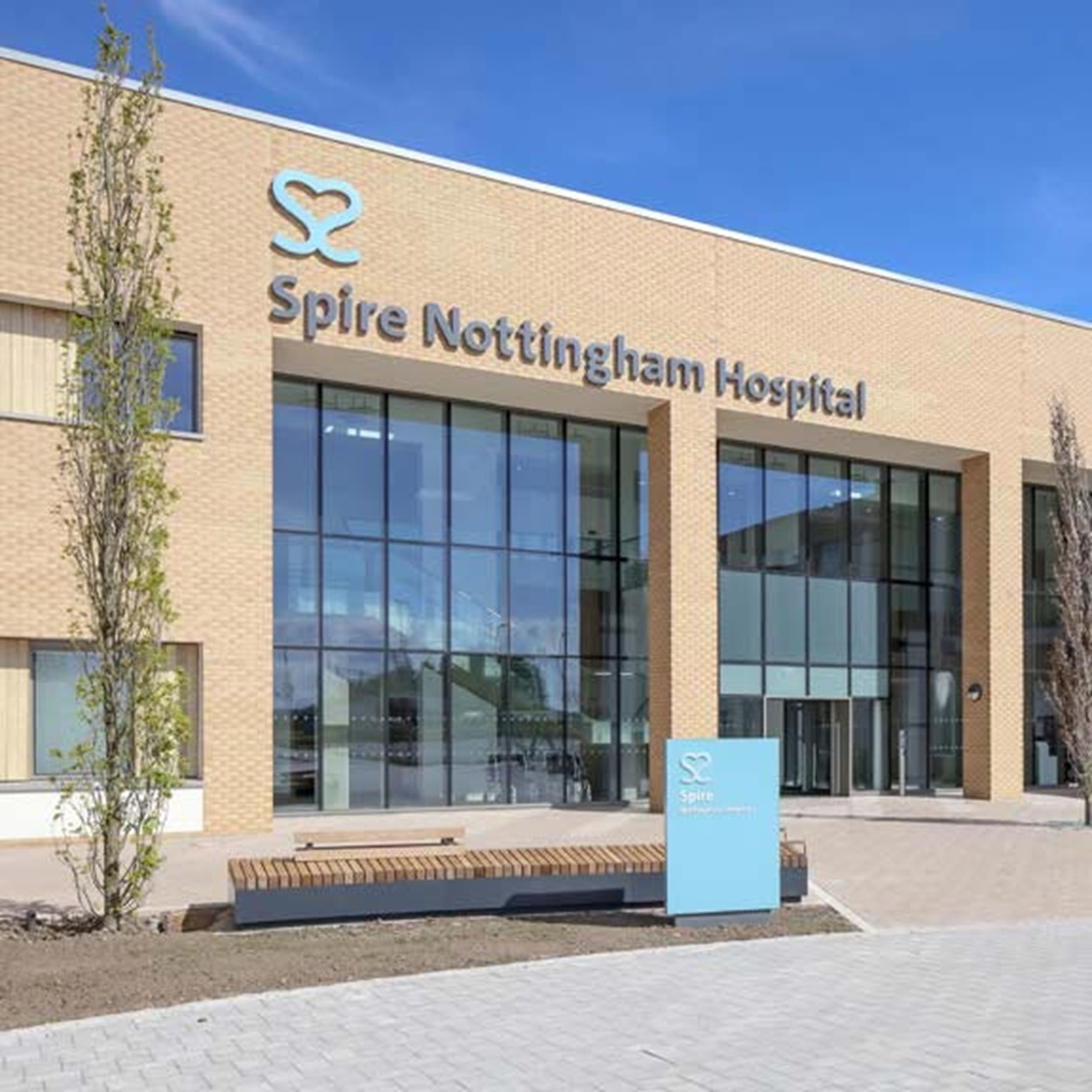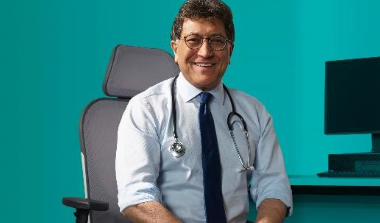Build-up of earwax is a common problem, which can lead to deafness, pain and a feeling of fullness in the ear.
Why you might need it
Your ears naturally produce earwax to keep them clean and healthy. It usually passes out of the ear canal on its own, but sometimes it builds up leading to a blockage that can become infected.
In this short 15-minute procedure, excess earwax is removed using a suction device.
If you decide to have your procedure with us, you will be looked after by an experienced multi-disciplinary care team.
Find a Spire hospital offering this treatment

Who will do it?
Our patients are at the heart of what we do and we want you to be in control of your care. To us, that means you can choose the consultant you want to see, and when you want. They'll be with you every step of the way.
All of our consultants are of the highest calibre and benefit from working in our modern, well-equipped hospitals.
Our consultants have high standards to meet, often holding specialist NHS posts and delivering expertise in complex sub-specialty surgeries. Many of our consultants have international reputations for their research in their specialised field.
Before your treatment
You will have a formal consultation with a healthcare professional. During this time you will be able to explain your medical history, symptoms and raise any concerns that you might have.
Preparing for your treatment
We've tried to make your experience with us as easy and relaxed as possible.
For more information on visiting hours, our food, what to pack if you're staying with us, parking and all those other important practicalities, please visit our patient information pages.
Our dedicated team will also give you tailored advice to follow in the run up to your visit.
The procedure
Earwax removal is a relatively straightforward procedure that typically lasts 15 minutes.
Before attending the clinic, you may be given drops to soften the earwax. Your consultant surgeon will then use a suction device and a microscope to remove the earwax. It can be uncomfortable but should not be painful.
Aftercare
It’s performed as an out patient procedure, which means you can go home the same day.
Earwax removal can be a one off treatment, but often follow-up appointments are needed. We will schedule a time to see you again before you leave hospital.
Your consultant will also give you advice on the best ways to prevent future build-up.
On rare occasions, complications following treatment can occur. Your consultant will discuss these with you. You might feel unsteady on your feet and your may affect balance may be affected in the short term.
Your consultant will talk to you about the possible risks and complications of having this procedure and how they apply to you.
If you have any questions or concerns, we’re ready to help.
Why choose Spire?
We are committed to delivering excellent individual care and customer service across our network of hospitals, clinics and specialist care centres around the UK. Our dedicated and highly trained team aim to achieve consistently excellent results. For us it's more than just treating patients, it's about looking after people.
Important to note
The treatment described on this page may be adapted to meet your individual needs, so it's important to follow your healthcare professional's advice and raise any questions that you may have with them.

